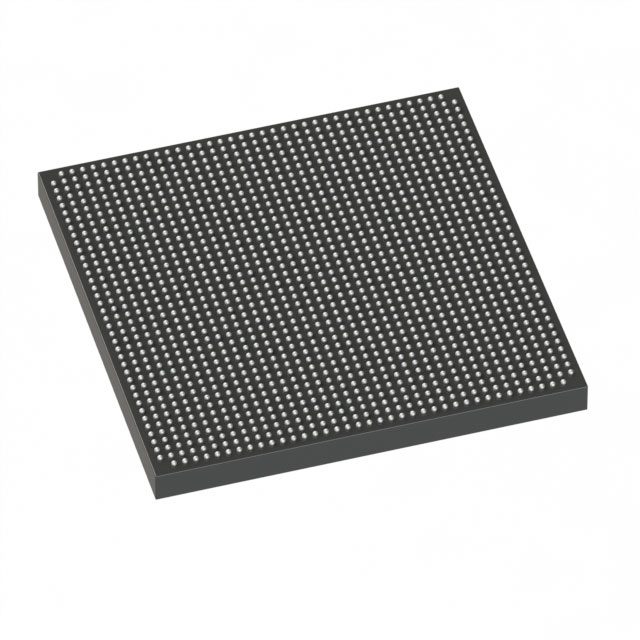
Intel
DescriptionIC SOC CORTEX-A9 1.05GHZ 1517BGA
PackageTray
Stock1000
PriceActive
Download5ASXFB3H4F40I3G is a system on chip (SoC) device that combines a dual-core ARM Cortex-A9 processor and an Arria V SX FPGA in a single package. It is designed by Intel and can be used for various applications that require high performance, low power consumption, and flexible customization.
The main parameters of 5ASXFB3H4F40I3G are as follows:
• Core: Dual ARM Cortex-A9 MPCore with CoreSight
• Maximum Clock Frequency: 700 MHz
• L1 Cache Instruction Memory: 2 x 32 KB
• L1 Cache Data Memory: 2 x 32 KB
• Number of Logic Elements: 350,000 LE
• Adaptive Logic Modules: 132,075 ALM
• Embedded Memory: 17,290 kbit
• Number of Logic Array Blocks: 13,207.5 LAB
• Packaging: 1517-BBGA, FCBGA
• Supplier Device Package: 1517-FBGA, FC (40x40)
• Number of I/O: MCU - 208, FPGA - 540
• Operating Temperature: 0°C ~ 85°C (TJ)
5ASXFB3H4F40I3G is a SoC device that integrates a dual-core ARM Cortex-A9 processor and an Arria V SX FPGA on a single die. The processor can run Linux or other operating systems and supports various peripherals, such as Ethernet, USB, SD/MMC, SPI, UART, and I2C. The FPGA can implement custom logic, such as DSP, video, and encryption functions, and can communicate with the processor via a high-speed interface. The device also supports dynamic partial reconfiguration, which allows changing the FPGA configuration without affecting the processor operation.
5ASXFB3H4F40I3G is based on Intel's 28 nm technology and offers high performance, low power consumption, and high integration. It can achieve up to 700 MHz clock frequency, 17,290 kbit embedded memory, and 350,000 logic elements. It also has a low standby power of less than 100 mW and a typical core power of 3.5 W. It has a compact package size of 40 x 40 mm and supports various power management modes.
5ASXFB3H4F40I3G can be used for a wide range of applications that require high performance, low power consumption, and flexible customization. Some examples are:
• Mobile Devices: 5ASXFB3H4F40I3G can provide high-performance processing and graphics capabilities for smartphones, tablets, and wearable devices. It can also implement custom functions, such as gesture recognition, face detection, and biometric authentication, on the FPGA.
• Automotive: 5ASXFB3H4F40I3G can support advanced driver assistance systems (ADAS), such as lane departure warning, adaptive cruise control, and collision avoidance. It can also enable infotainment and navigation systems, such as touch screens, voice control, and rear-view cameras, on the FPGA.
• Industrial: 5ASXFB3H4F40I3G can enable industrial automation and control systems, such as robotics, machine vision, and motion control. It can also support industrial communication protocols, such as EtherCAT, PROFINET, and Modbus, on the FPGA.
• Medical: 5ASXFB3H4F40I3G can support medical imaging and diagnosis systems, such as ultrasound, MRI, and CT. It can also implement custom algorithms, such as image processing, compression, and encryption, on the FPGA.
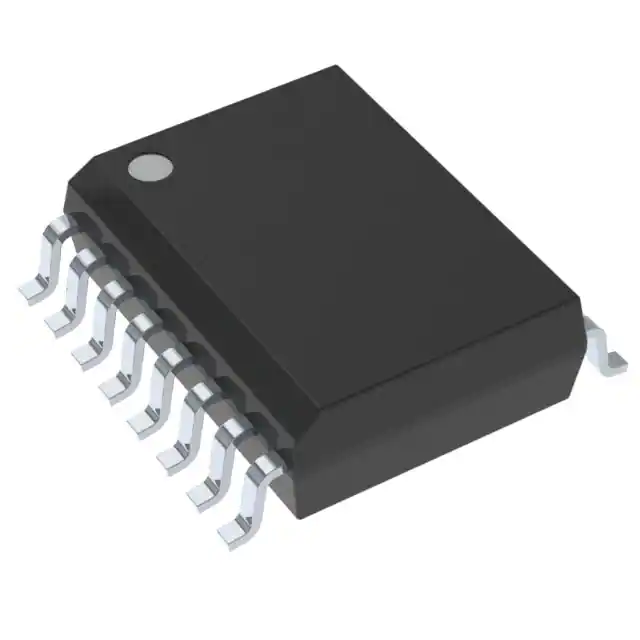
|
PGA2311U/1KG4 | IC VOLUME CONTROL 16SOIC | PGA2311U/1KG4.pdf | |

|
LV1116N-LG-E-ON | SURROUND PROCESSOR ICS FOR ELECT | LV1116N-LG-E-ON.pdf | |
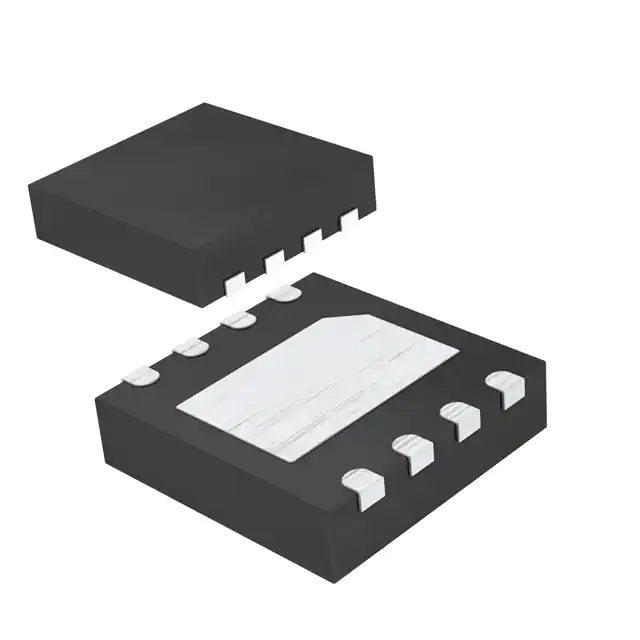
|
MAX9890BETA+TGA4 | INTEGRATED CIRCUIT | MAX9890BETA+TGA4.pdf | |

|
LC78616PE-6D02-H | IC RF SIGNAL PROCESSOR 100PQFP | LC78616PE-6D02-H.pdf | |

|
AS3525B | IC AUDIO PROCESSOR SYS 144CTBGA | AS3525B.pdf | |

|
IRS20124CD | IC AUDIO DVR DGTL HI/LO DIE | IRS20124CD.pdf | |

|
DIR9001PW | IC AUDIO RECEIVER 28TSSOP | DIR9001PW.pdf | |
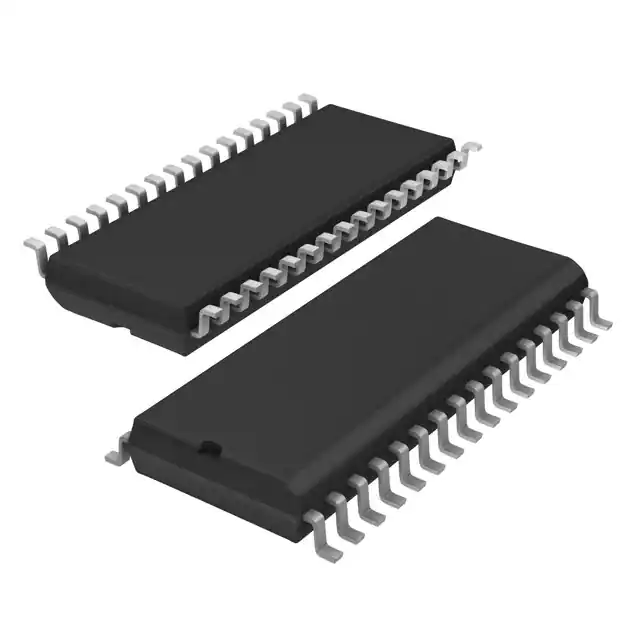
|
TEA6320T/V1,518 | IC VOLUME CONTROL 32SO | TEA6320T/V1,518.pdf | |

|
FSA8039AUMSX | IC DETECTION SWITCH 10UMLP | FSA8039AUMSX.pdf | |
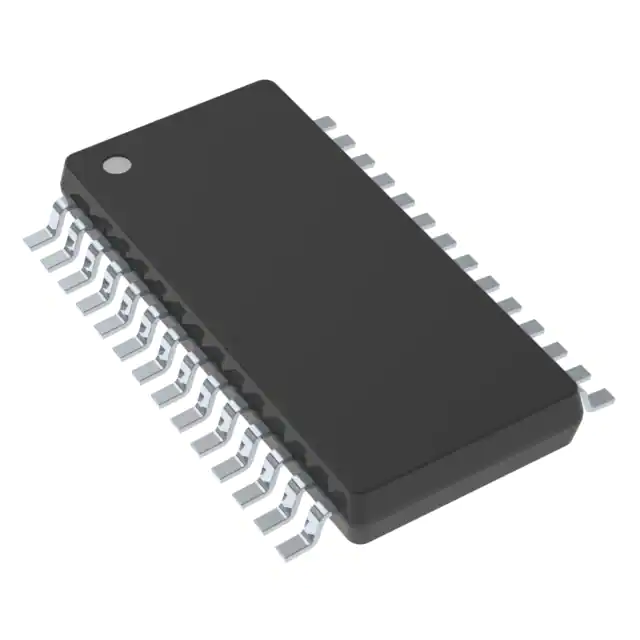
|
CS8406-CZZ | IC AUDIO TRANSMITTER 28TSSOP | CS8406-CZZ.pdf | |
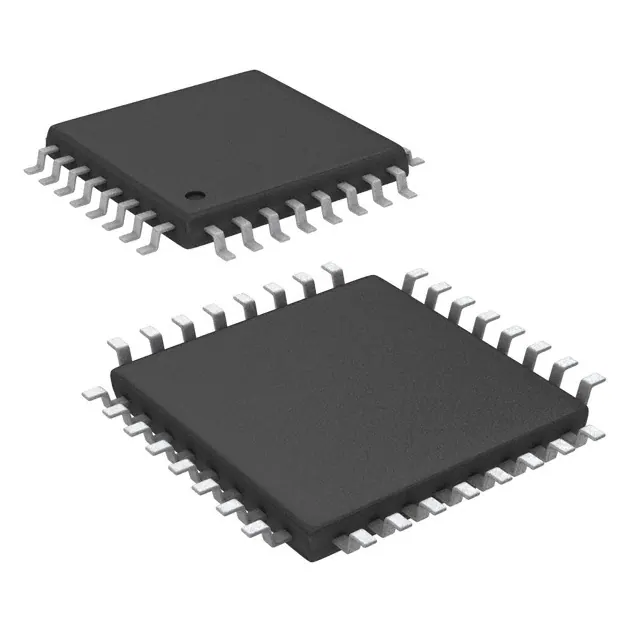
|
PCM2706CPJT | IC AUDIO SIGNAL PROCESSOR 32TQFP | PCM2706CPJT.pdf | |

|
TDA9860/V2,112 | IC AUDIO SIGNAL PROCESSOR 32SDIP | TDA9860/V2,112.pdf |